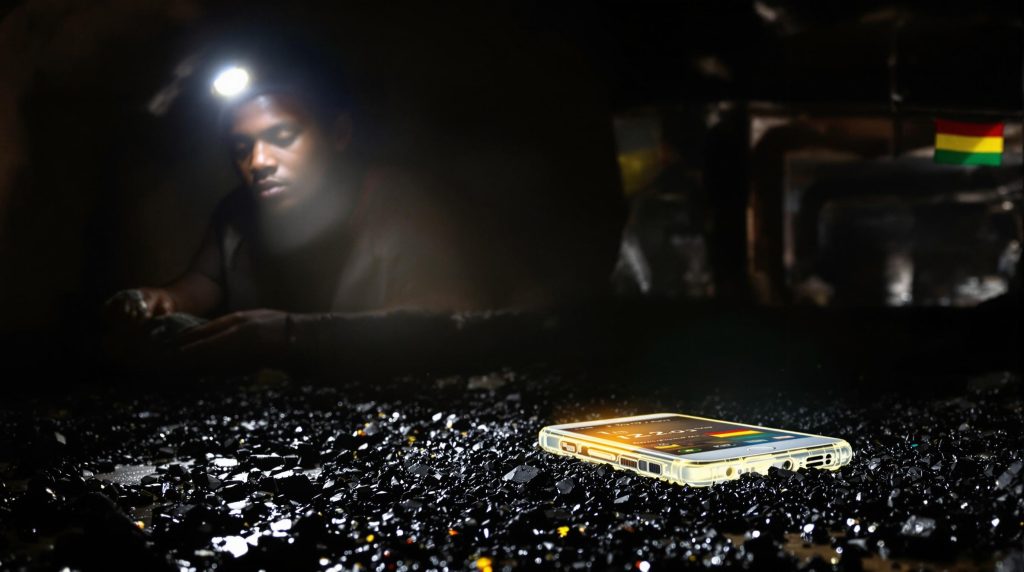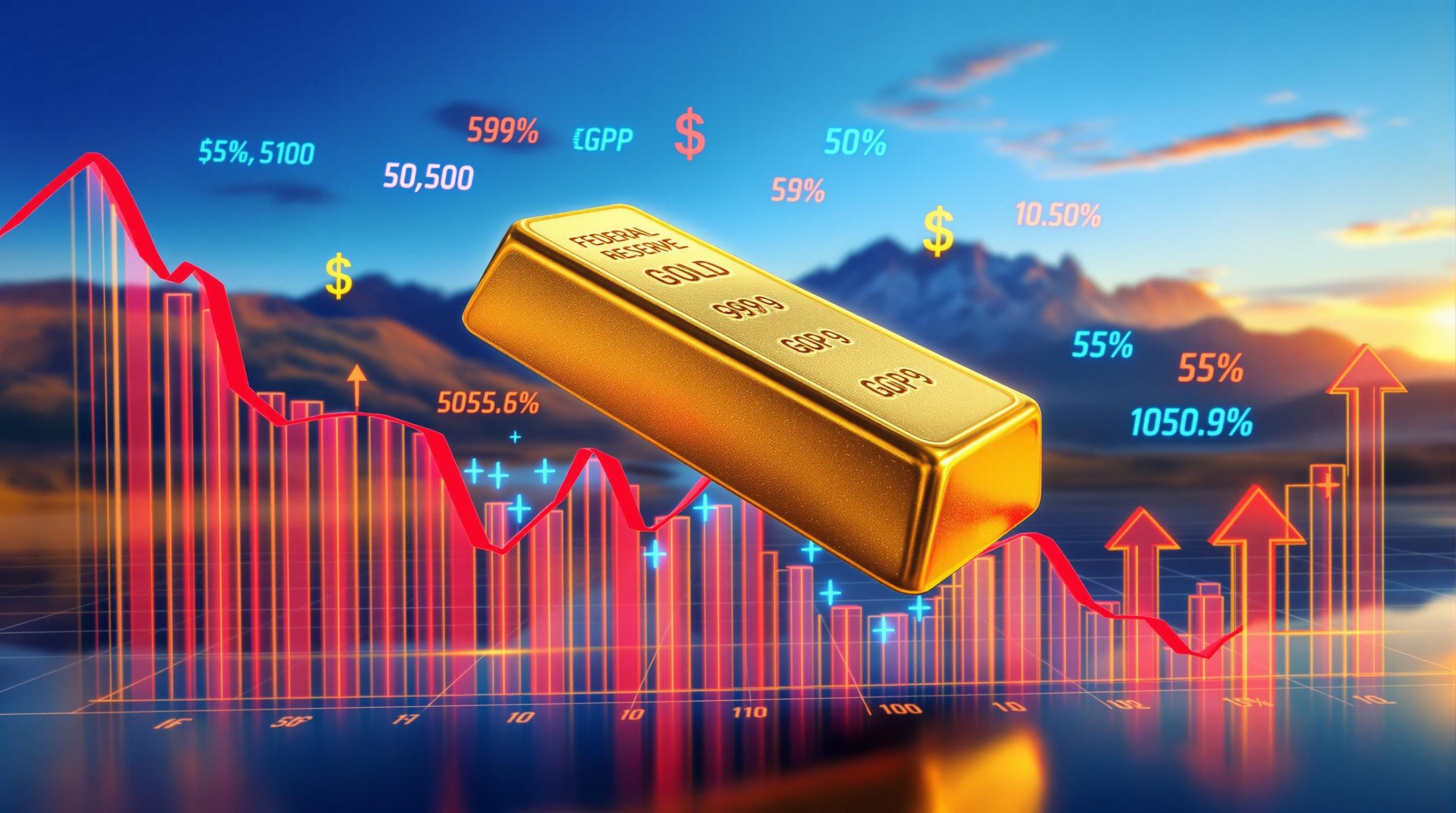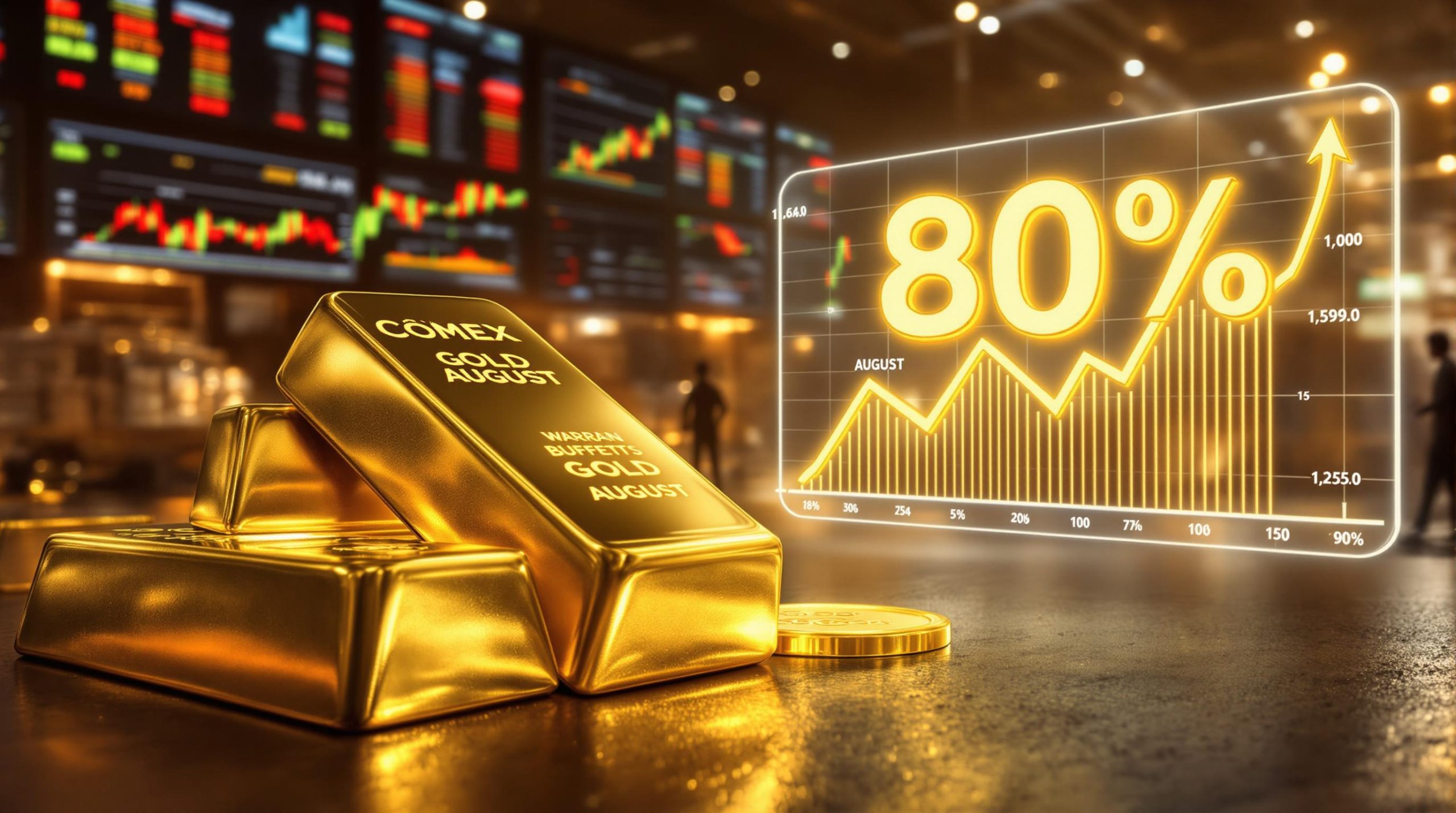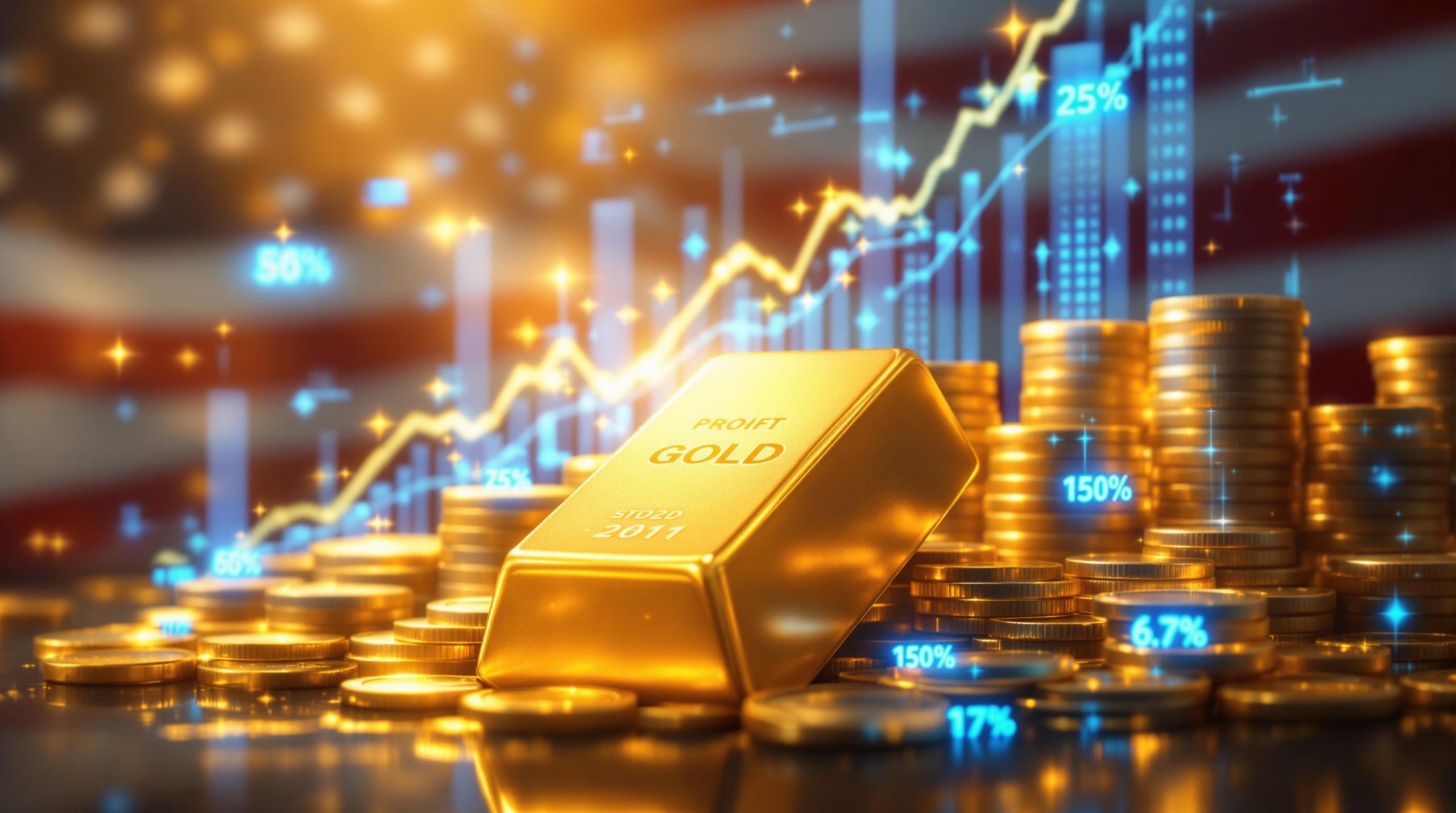What is Coltan and Why is it So Valuable?
Coltan, which stands for columbite-tantalite, is a dull black metallic ore highly coveted for its tantalum content. When refined, tantalum becomes a heat-resistant, corrosion-proof, and highly conductive metal. This makes it absolutely indispensable in the fabrication of vital miniaturized capacitors found in smartphones, laptops, medical devices, aerospace components, and even gas turbines. The ability of tantalum to store and release electrical charge efficiently is a cornerstone technology behind modern portable electronics—one reason why tantalum consistently fetches over $300 per kilogram on global markets. In high-tech manufacturing, there are currently few substitutes for tantalum, making coltan's supply strategically important.
The Critical Mineral Behind Modern Technology
Few people realize the sheer array of high-value industries that depend on coltan. Whether powering data centers, helping satellites endure extreme temperature fluctuations, or providing the stability needed in life-saving medical implants, tantalum's unique physical properties give it a competitive edge.
Key Attributes of Tantalum:
- Exceptional resistance to heat, corrosion, and acids
- Enables miniaturization of electronics without losing performance
- Maintains high capacitance at microscopic scales
A snapshot of major industries reliant on tantalum can be found below:
| Industry | Tantalum Use |
|---|---|
| Mobile Electronics | Capacitors for energy storage |
| Aerospace | Jet engine turbine blades, avionics |
| Medical Devices | Pacemakers, hearing aids |
| Automotive | Electric vehicle powertrains |
Global Demand and Supply Dynamics
At the heart of the global mining landscape is the Democratic Republic of Congo (DRC), which produces approximately 15% of the world's coltan. The Rubaya mining region in North Kivu province stands as one of the most significant extraction sites on the planet. Concentration of such a valuable strategic resource inside a conflict zone creates not just logistical and geopolitical headaches but immense ethical dilemmas for manufacturers seeking to assure responsible sourcing.
How is Coltan Mined in Eastern Congo?
Artisanal Mining Methods
In stark contrast to the highly mechanized mines seen elsewhere in the world, coltan extraction in Rubaya and its surrounds is an entirely manual affair. Thousands of artisanal miners—most from highly impoverished backgrounds—begin their arduous shifts well before sunrise, descending into hand-dug tunnels that reach depths as great as 15 meters (49 feet). These 12-hour days are marked by physical strain and pervasive risk, including tunnel collapses, hazardous dust, and lack of safety gear.
A local miner named Pascal Mugisha Nsabimana shared:
"Previously there was too much harassment, there were many different taxes, and often we, the diggers, were not paid. And even if we got something, it was poorly paid."
He notes that under new rebel control, while his daily wage has "at least tripled to 15,000 Congolese francs ($5.15)," it remains a fraction of coltan's value on the world stage.
The Processing Chain
After ore is brought to the surface, a labor-intensive processing sequence begins:
- Workers wash rough coltan in shallow, hand-dug basins to remove sand and rock debris.
- Washed mineral is spread out in the sun to dry.
- Dried coltan is typically loaded onto motorcycles, which thread muddy and dangerous routes to collection points.
- At collection centers, traders purchase, weigh, and further consolidate the ore for export.
Recent infrastructure changes—spurred by centralized rebel administration—have replaced much of the motorcycle transport with vehicles boasting payloads of 2 to 20 tons, accelerating the flow of minerals to trading hubs.
Economic Realities for Local Workers
Despite the high international price for tantalum, miners' daily earnings hover at just over $5, according to direct Reuters observations. This stark inequality highlights one of the defining features of the coltan trade: those who labor and risk their lives inside the mine that feeds the tech world and funds Congo's rebels rarely see measurable improvements in their own lives or communities.
How Does Coltan Fuel Congo's Ongoing Conflict?
M23 Rebel Control of Mining Operations
The relationship between coltan and armed conflict in eastern Congo is both direct and well-documented. In April 2024, the M23 rebel group seized Rubaya and its coltan mines, swiftly setting up a parallel administration to manage extraction, regulate trade routes, and impose taxation.
- M23 now imposes a flat 15% tax on all coltan transactions in their territory.
- The rebels extract an estimated $800,000 per month in levies, according to a December U.N. report.
- "M23 has established a parallel administration controlling mining activities, trade, transport and the taxation of the minerals produced." (Reuters)
The Rwanda Connection
One of the underappreciated aspects of the regional mineral trade is the sophisticated network through which Congolese coltan is spirited across borders. Congolese minerals are frequently trucked to Rwanda, most often at night, according to U.N. findings. Once in Rwanda, ore is blended with legitimate local production, effectively laundering its origins before it enters the global market.
A former U.N. investigator, Jason Stearns, observed:
"The fact that M23 was not targeted by the new critical minerals sanction was surprising, adding the move might be aimed at keeping the Doha talks on track."
Taxation and Revenue Systems
Armed groups have professionalized resource capture. The 15% levy imposed by M23 is channeled not just into arms, but also logistics, payroll, and maintaining rebel governance structures.
- Estimated Revenue Table:
Group Monthly Revenue (USD) Taxation Rate M23 $800,000 15% PARECO-FF (2022–2024) Not disclosed Not disclosed
This mineral taxation directly correlates with the rebels' ability to sustain and escalate conflict.
What Are the Human Costs of Congo's Coltan Trade?
Child Labor in the Mines
Child labor remains tragically prevalent inside the mine that feeds the tech world and funds Congo's rebels. Reuters journalists documented at least a dozen children working at Rubaya—young boys descending into narrow, unstable shafts to haul out ore, while girls and women gather at the washing pits, exposed to contaminated water and harsh conditions. Despite years of international campaigns, systemic change remains elusive.
Security Concerns for Local Communities
The shifting patchwork of territorial control means civilians are never secure. Populations living near Rubaya face real threats of forced recruitment, looting, violent harassment, and sudden displacement depending on the fortunes of various armed actors battling for dominance.
Failed Supply Chain Reforms
"Here we are, 15 years later, (and) the same thing is happening."
—Gregory Mthembu-Salter, former U.N. expert
Since 2010, major efforts—ranging from mining industry self-regulation to U.N. controls and NGO oversight—have had little tangible effect. The core abuses, including forced labor, child exploitation, and violence, remain persistent problems despite international pressure and legal reforms.
How Does the International Community Respond to Congo's Conflict Minerals?
U.S. Sanctions and Diplomatic Efforts
Given tantalum's strategic importance, the United States and other Western powers have enacted multiple sanctions and diplomatic initiatives.
- M23 rebels have been subject to U.S. sanctions since 2013.
- In August 2025, the U.S. Treasury expanded its sanctions to include PARECO-FF, a militia which previously controlled Rubaya.
- The Undersecretary for Treasury's Office of Terrorism and Financial Intelligence, John K. Hurley, stressed:
"The Treasury Department will not hesitate to take action against groups that deny the United States and our allies access to the critical minerals vital for our national defense."
Peace Negotiations and Economic Incentives
Ongoing diplomatic efforts aim to break the resource-conflict nexus:
- U.S.-mediated talks between the Congolese government and Rwanda, with the promise of major investments tied to peace commitments.
- Qatar-led mediation between Congo and M23, aiming for a durable ceasefire and future economic development.
- Efforts to involve broader international stakeholders in joint development projects, linking access to minerals with economic stability and political benchmarks.
Corporate Responsibility Challenges
Western technology brands face ongoing scrutiny over supply chain integrity. The Dodd-Frank Act's Section 1502 requires disclosure of conflict minerals, but tracing coltan's journey from mine to finished electronics remains fraught with difficulty. Mixing, smuggling, and limited on-the-ground oversight can easily mask origins, making current certification initiatives only partially effective.
What is the Current Status of Peace Efforts in Eastern Congo?
The Doha Peace Process
In 2025, Congo and M23 rebels—under Qatar's stewardship—agreed to push for a peace accord by August 18. However, the situation on the ground remains dire. The U.N. reported at least 319 civilian deaths in a single month, attributed to M23 actions, casting a pall over negotiations.
M23 leader Bertrand Bisimwa dismissed allegations as a "smear campaign" but pledged to investigate the reports—highlighting the profound distrust among stakeholders.
U.S.-Brokered Agreement Challenges
Although parallel talks led by the United States have created hope for a grand bargain, regional complexities persist. Rwandan President Paul Kagame publicly questioned the deal's viability, insisting Congo must first neutralize the FDLR—a Hutu militia connected to Rwanda's tragic 1994 genocide—before Rwandan troops would consider withdrawal from Congolese territory.
Congolese researcher Josaphat Musamba noted:
"It's difficult to neutralize the FDLR as long as M23 are there and the Congolese army has not redeployed."
Military Realities on the Ground
M23 currently maintains control over Goma and Bukavu, two critical border cities, severely constraining Congolese military operations and the government's negotiation position. Peace frameworks remain entangled with questions about lasting security and effective disarmament.
How Might Congo's Coltan Industry Evolve?
Potential for Formalization
Transforming Rubaya's artisanal mining—currently powered by picks, shovels, and human endurance—into an efficient, regulated, and technologically advanced operation poses severe challenges. A senior Western diplomat observed:
"No one talks about the feasibility of giving out these mining concessions and running these concessions, especially since the whole mine is artisanal mining."
Attempting rapid modernization could risk upending the livelihoods of thousands of artisanal miners without providing alternative employment or economic transition plans.
Foreign Investment Interest
There is increasing interest from U.S. investment groups in taking over management of the Rubaya mine. Gentry Beach's consortium proposed a structure retaining 30% state ownership by Kinshasa, but public transparency and anti-corruption safeguards remain contentious.
- In August, over 50 Democratic members of Congress criticized ongoing negotiations due to "the administration's lack of transparency" and raised "concerns about a potential conflict of interest."
White House Deputy Press Secretary Anna Kelly expressed hope:
"[The agreement] has the potential to lead to lasting peace and stability in the region" with "a win-win outcome where all parties benefit—economically and politically—through cooperation and shared prosperity."
Regional Economic Development Prospects
If peace agreements hold, joint development of the region's mineral wealth could spur much-needed infrastructure, educational investment, and industrial development—provided governance reforms accompany economic incentives.
What Can Consumers Do About Conflict Minerals?
Understanding Technology Supply Chains
Consumers are often unaware of the origins behind the batteries, chips, and screens in their devices. Make it a habit to read conflict minerals reports from technology brands, which typically outline ethical sourcing initiatives and areas for improvement.
Supporting Responsible Sourcing Initiatives
Seek out companies participating in the Responsible Minerals Initiative and similar certification groups, which audit suppliers and strive for conflict-free sourcing. Brands publishing detailed maps of their mineral supply chains are more likely to be minimizing contributions to conflict.
Advocating for Policy Solutions
- Support policies that promote greater corporate transparency in mineral procurements.
- Lobby for legal requirements mandating supply chain due diligence.
- Raise awareness of how consumer choices can pressure brands to act responsibly, reducing the market for minerals that fund armed conflict.
FAQs About Congo's Coltan and Conflict Minerals
What percentage of the world's coltan comes from Congo?
About 15% of the global supply originates from the DRC, primarily from the Rubaya region.
How much do coltan miners in Congo typically earn?
Most artisanal miners earn around $5 per day, far below the value generated from coltan sales globally.
Which electronic devices contain tantalum from coltan?
Tantalum is crucial in the capacitors of smartphones, laptops, gaming consoles, medical implants, and other high-performance electronics.
How do rebel groups profit from coltan mining?
They collect taxes as high as 15% on mineral sales, yielding up to $800,000 a month, helping finance their military and administrative operations.
What is being done internationally to address conflict minerals?
Efforts include sanctions, stricter corporate reporting, certification initiatives, and ongoing diplomatic negotiations. Furthermore, mining innovation trends are increasingly focused on developing sustainable alternatives and ethical sourcing frameworks.
Further Exploration:
For a deeper look inside the mine that feeds the tech world and funds Congo's rebels, as well as broader context on resource-driven conflicts, see extended coverage from Reuters' special report on Congo's mining conflict. Additionally, understanding mining reclamation strategies and how they might apply to conflict zones is essential for envisioning long-term solutions to the environmental damage caused by unregulated extraction.
The lasting impact of geopolitical mining disruptions continues to shape global minerals markets, with Congo's situation representing one of the most challenging examples of how resource extraction, conflict, and technological demand intersect in the modern world.
Looking to Identify the Next Major Mineral Discovery?
Stay ahead of the market with Discovery Alert's proprietary Discovery IQ model, which instantly notifies investors about significant ASX mineral discoveries and turns complex data into actionable insights. Explore why historic discoveries can generate substantial returns by visiting the Discovery Alert discoveries page and begin your 30-day free trial today.




